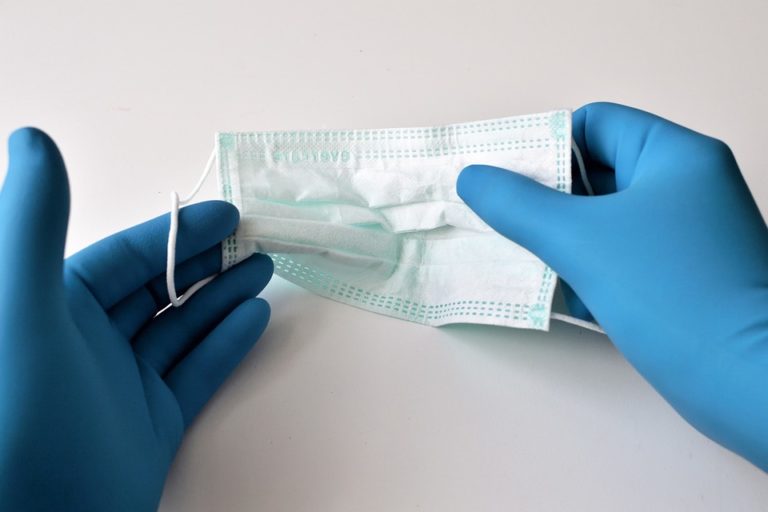Book Appointment Now

Quantitative Critique of Nursing Research
In the field of nursing, research is fundamental for evidence-based practice and the improvement of patient care. One essential skill for nursing professionals is the ability to critically assess research studies to determine their validity, reliability, and applicability. A quantitative critique of nursing research specifically evaluates studies that use numerical data to investigate health-related issues. This article will guide you through the steps of conducting a quantitative critique, highlighting the importance of this process in nursing practice.
What is a Quantitative Critique of Nursing Research?
A quantitative critique of nursing research is the systematic evaluation of a research study that employs quantitative methods to collect and analyze data. The purpose of this critique is to assess the research study’s methodology, data analysis, and overall findings to determine its contribution to nursing knowledge and practice. In contrast to qualitative research, which explores experiences and perspectives, quantitative research uses numerical data to test hypotheses and measure outcomes.
Why is Research Critique Important in Nursing?
- Improves evidence-based practice: Critiquing research helps nurses apply the best available evidence to their practice.
- Ensures quality care: By evaluating research quality, nurses can ensure that the interventions they implement are backed by reliable data.
- Enhances critical thinking: Engaging in research critique fosters critical thinking, allowing nurses to assess the strengths and limitations of studies.
Looking for essay writing help with quantitative critique of nursing research paper?
Help With Nursing Essay
Key Components of a Quantitative Critique
A comprehensive quantitative critique of nursing research involves examining several key components of a study, including its introduction, methodology, results, and discussion sections. Below is a step-by-step guide to critiquing each part of a quantitative nursing research paper.
1. Introduction and Research Problem
The introduction of a research paper provides context and outlines the purpose of the study. When critiquing this section, assess whether the research problem is clearly identified and if it is significant to nursing practice. Ask the following questions:
- Is the problem clearly stated?
- Does the problem have relevance to nursing?
- Are the research questions or hypotheses well-formulated? Explore 290 good nursing research topics and questions.
For example, if the study aims to evaluate the impact of a new nursing intervention on patient outcomes, the introduction should clearly explain the need for this research and its potential impact on clinical practice.
2. Literature Review
The literature review supports the research problem by summarizing previous studies and identifying gaps in the existing knowledge. When critiquing this section, check whether the literature is recent, relevant, and comprehensive:
- Does the review cover key studies related to the topic?
- Are the sources current and peer-reviewed?
- Does the literature support the research question or hypothesis?
A well-constructed literature review strengthens the rationale for conducting the study and justifies the need for new research.
3. Methodology
The methodology section is the core of a quantitative critique of nursing research because it outlines how the study was conducted. Key elements to evaluate include the study design, sample size, data collection methods, and ethical considerations. Check out: Nursing Research Methods and Critical Appraisal for Evidence-Based Practice.
Study Design
- Was the study design appropriate for the research question?
- Is the design clearly described (e.g., randomized controlled trial, cohort study)?
- Does the study control for variables that may affect the outcomes?
Sample
- Was the sample size adequate to produce meaningful results?
- Was the sampling method (random, convenience, etc.) appropriate for the study?
- Are the inclusion and exclusion criteria well-defined?
Data Collection Methods
- Were the data collection instruments (e.g., surveys, tests) valid and reliable?
- Are the instruments well-suited for measuring the intended variables?
- Was the data collection process described in detail?
Ethical Considerations
- Were ethical standards, such as informed consent and confidentiality, upheld?
- Did the study receive approval from an institutional review board (IRB)?
4. Data Analysis
A key aspect of the quantitative critique of nursing research involves reviewing how the data was analyzed. This includes assessing the statistical methods used to test the hypotheses or answer the research questions.
- Were the appropriate statistical tests used (e.g., t-tests, ANOVA, regression analysis)?
- Was the level of statistical significance clearly stated (e.g., p-value < 0.05)?
- Were any limitations in the data analysis acknowledged?
For example, if a study evaluates the effectiveness of a nursing intervention, it should use the right statistical techniques to compare outcomes between control and experimental groups.
5. Results
In this section, critique how the study presents its findings. Are the results reported clearly and in alignment with the research questions or hypotheses?
- Are the results logically organized and presented with sufficient detail?
- Are tables and figures used effectively to illustrate the data?
- Do the results provide answers to the research questions?
6. Discussion and Conclusion
The discussion section should interpret the findings in the context of the existing literature and suggest implications for nursing practice. Evaluate the following:
- Does the discussion provide a clear interpretation of the results?
- Are the implications for nursing practice, policy, or education clearly stated?
- Were the study’s limitations discussed, and were any suggestions for future research made?
The conclusion should offer a summary of the key findings and reinforce their significance to nursing. The final assessment should consider whether the study’s recommendations are practical and relevant for nursing professionals.
Critique Guidelines and Tools
For those new to research critique, several tools and guidelines are available to assist in systematically evaluating research studies. These include research critique guidelines and sample critique papers that can be used as references. These tools ensure that each section of the research paper is reviewed thoroughly and objectively.
Resources for Quantitative Research Critique:
- Nursing research critique example PDF: Provides detailed examples of how to critique various sections of a nursing research paper.
- Quantitative research critique example PDF: Offers sample critiques specifically focused on quantitative studies.
- Research critique sample PDF: General critique templates that can guide your review process.
- Research critique guidelines and PPT: Educational materials for understanding the steps involved in critiquing research effectively.
A thorough quantitative critique of nursing research is essential for advancing nursing knowledge and ensuring that evidence-based practices are grounded in reliable, high-quality research. By evaluating the introduction, methodology, data analysis, results, and conclusions of a study, nurses can determine whether the research is valid and applicable to their practice. With the aid of critique guidelines and examples, nurses can enhance their critical appraisal skills and contribute to the ongoing improvement of patient care.







